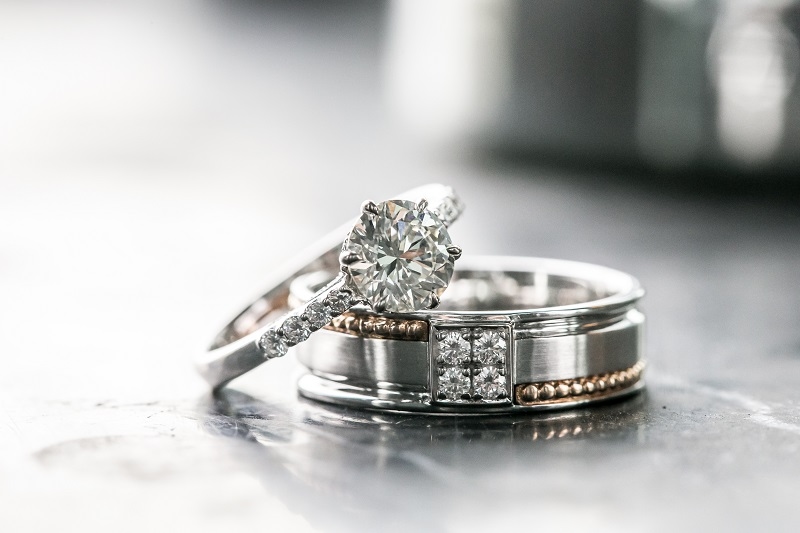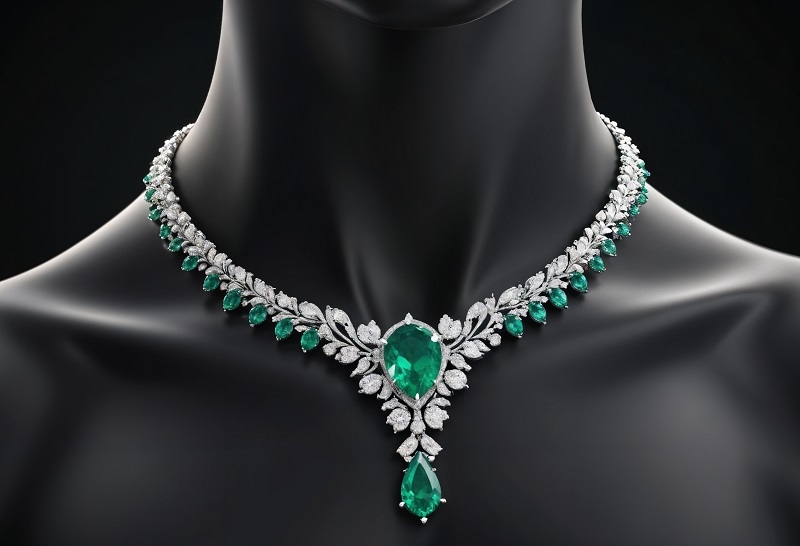
Platinum has this aura about it. People hear the word and instantly think luxury. It’s not the shiny yellow of traditional gold, and it’s not the softer, more casual vibe of silver. It feels heavier, rarer, more serious somehow. But here’s the big question most people have—do you actually need platinum, or is it just hype with a hefty price tag? This platinum jewelry guide is here to untangle that.
Because let’s be honest: jewelry is part style, part sentiment, and part budget. What works for one person may not make sense for another. By the end of this, you’ll have a clearer idea if platinum is really worth it for you—or if gold or another metal might be a smarter move.
Platinum is a naturally white metal. No plating, no tricks—it just stays that way forever. Unlike silver, it won’t tarnish, and unlike white gold, it won’t need to be dipped again every few years to keep its shine. That makes it incredibly low maintenance.
It’s hypoallergenic too. If your skin reacts to nickel (which is common in alloys), platinum is usually safe. Add to that the weight—it feels substantial when you pick up a platinum ring or bracelet. Some people like that “heft.” It gives the sense that what you’re holding is built to last.
But it isn’t perfect. Heavier and rarer also means pricier. So, is it really worth stretching the budget?
Here’s the showdown most people want to know: how does platinum compare to white gold? On the surface, they look almost identical. If you lined up two engagement rings, one in platinum and one in white gold, most people couldn’t tell the difference.
The differences are in the details. White gold is an alloy—it’s mixed with other metals and then coated in rhodium to give it that bright-white look. The rhodium wears off over time, which means maintenance. Platinum? What you see is what you get. It stays white. Scratches happen, yes, but it doesn’t actually lose metal; it just moves around, forming a kind of natural patina that some people even like.
So if you want something timeless with less upkeep, platinum takes the win. But if price matters most, white gold still gives you the look for less.
If there’s one place platinum really shines (pun intended), it’s in engagement rings. The best platinum engagement ring settings are often prong-heavy designs. Why? Because platinum is strong enough to hold onto diamonds or gemstones without bending easily.
Think halos, pavé bands, or anything with lots of smaller diamonds. Platinum prongs grip tightly, and that strength means your stone is less likely to fall out years down the road. For everyday rings that you’ll wear for decades, that’s a big deal.
Of course, not every ring has to be platinum. A white gold solitaire can still look timeless and romantic. But if you’re investing in a larger or high-value stone, platinum is the safer bet.

It’s one of the first questions people ask: why is platinum more expensive than gold? The answer’s pretty straightforward. Platinum is about 30 times rarer than gold. Add in the fact that it’s denser—so you need more metal to make the same size ring—and suddenly the price difference makes sense.
Working with platinum is also tougher on jewelers. It requires more skill and higher temperatures, which adds to labor costs. You’re not just paying for the raw metal; you’re paying for the difficulty of shaping it into jewelry.
So yes, the sticker shock is real. But the flip side is that you’re getting something stronger and longer-lasting. It’s not “just another luxury markup.”
Now for the not-so-glamorous part. Platinum jewelry resale value isn’t always as strong as you’d think. Gold has a much bigger resale market because it’s easier to melt down and reuse. Platinum requires more specialized refining, so pawn shops and jewelers don’t always offer as much for it.
That doesn’t mean it’s worthless on resale—it just means platinum is more about personal investment than financial. It’s about wearing it and enjoying it, not about flipping it for cash later. That said, vintage platinum pieces from famous designers or certain eras can fetch high prices, so context matters.
If durability is top of mind, platinum is the winner. Comparing platinum ring durability vs gold shows a clear difference. Platinum is denser and doesn’t wear away over time. Gold, especially higher karats like 18k, is softer. Daily wear can thin out a gold band much faster than a platinum one.
Platinum scratches, yes, but those scratches are surface-level. The metal isn’t lost—it just moves. Gold scratches mean metal is literally wearing off. For something like a wedding band that’s supposed to last a lifetime, platinum often makes more sense.
Some people think platinum is “too fancy” for daily wear, but actually, it’s ideal. It’s strong, holds stones better, and doesn’t lose its shine with every bump. The only thing to keep in mind is that it develops that soft patina. Some love it, some don’t. If you prefer shiny, a jeweler can always polish it back.
It’s worth noting that no jewelry metal is indestructible. But platinum comes close to being a “set it and forget it” option compared to gold.
Platinum has a neutral tone that flatters everything. Diamonds look brighter against it because there’s no yellowish tint. But it also pairs beautifully with colored gems—emeralds, sapphires, rubies. It works with minimalist designs just as well as with ornate vintage styles.
And because it’s timeless, it doesn’t date your jewelry. A platinum ring from the 1940s looks just as elegant today as it did back then.
Here’s the hard truth: platinum costs more upfront. For some, that’s too big a stretch. For others, the durability and low upkeep make it worthwhile. A clever compromise? Go for a ring with a platinum head (the part that holds the stone) and a gold band. That way, you get strength where it matters most without the full platinum price tag.
Platinum is great for:
But if resale value or budget is your main concern, gold might be the smarter choice.
Platinum isn’t for everyone, and that’s fine. This platinum jewelry guide shows that it’s less about trend and more about lifestyle. If you want durability, a timeless look, and the security of knowing your stones are held in place for decades, platinum is worth it.
Yes, why is platinum more expensive than gold? That is a fair question, and no, it may not resell as easily. But platinum gives you longevity, strength, and a classic elegance that won’t fade.
Jewelry isn’t just about metal. It’s about what makes you feel good wearing it. And if platinum ticks those boxes for you, it just might be the investment that lasts a lifetime.
This content was created by AI